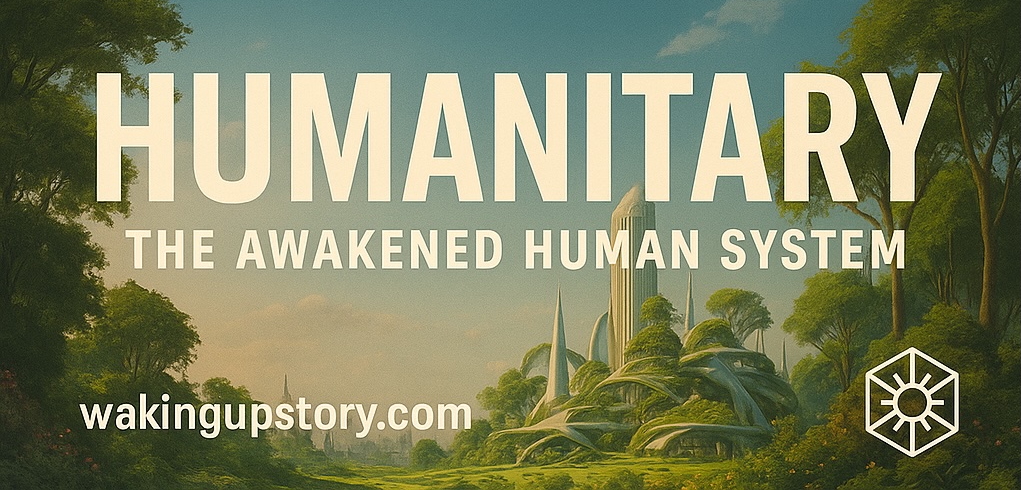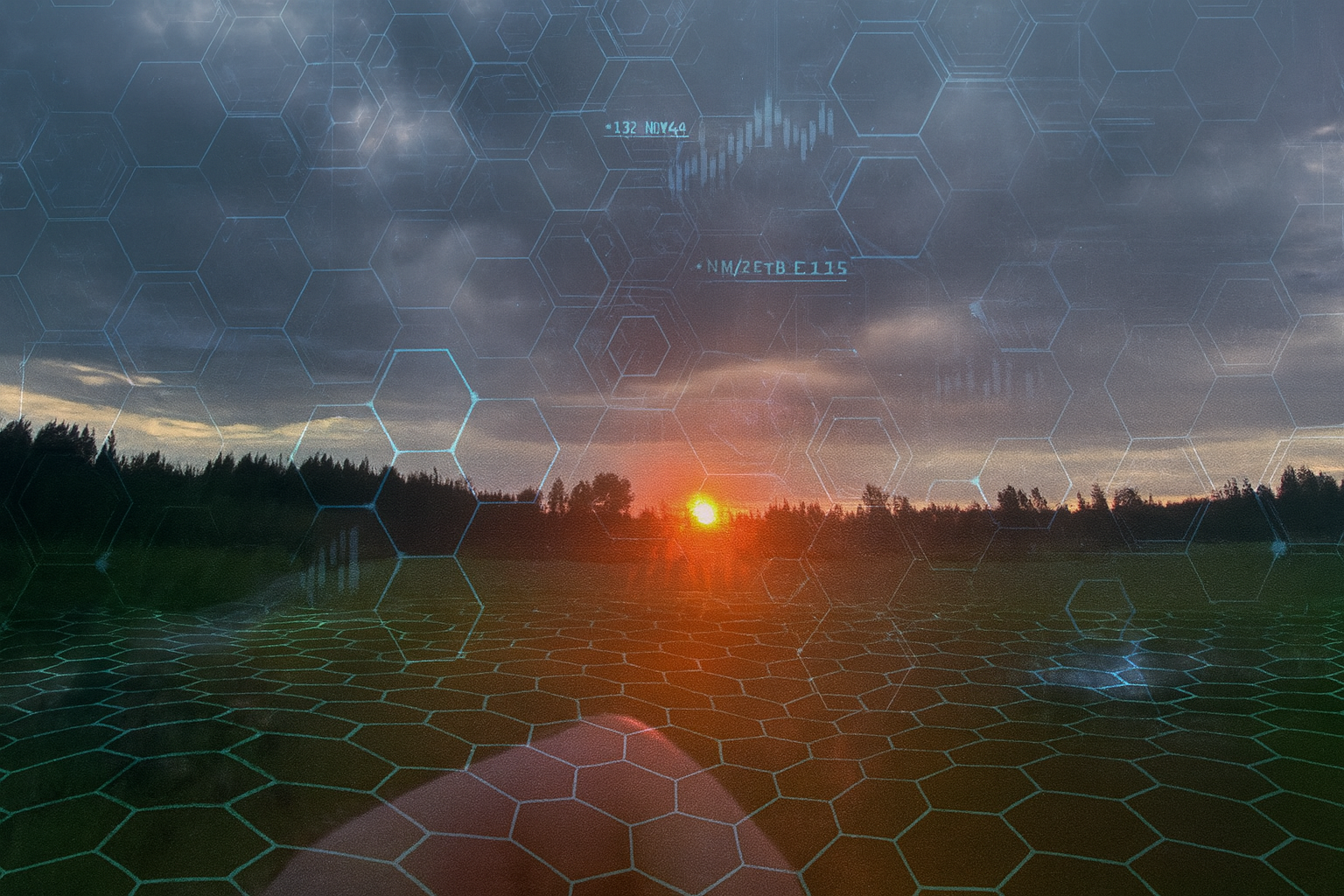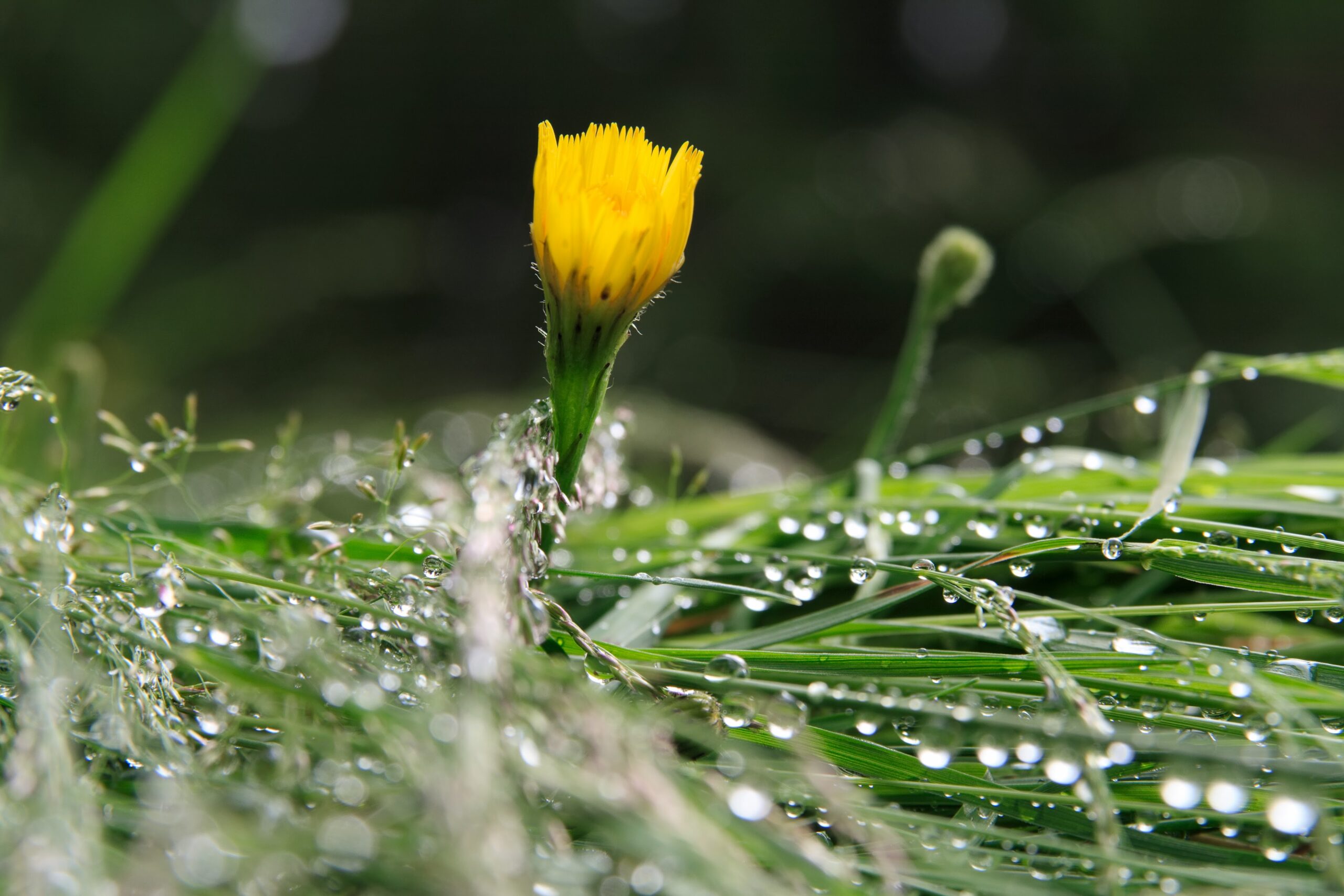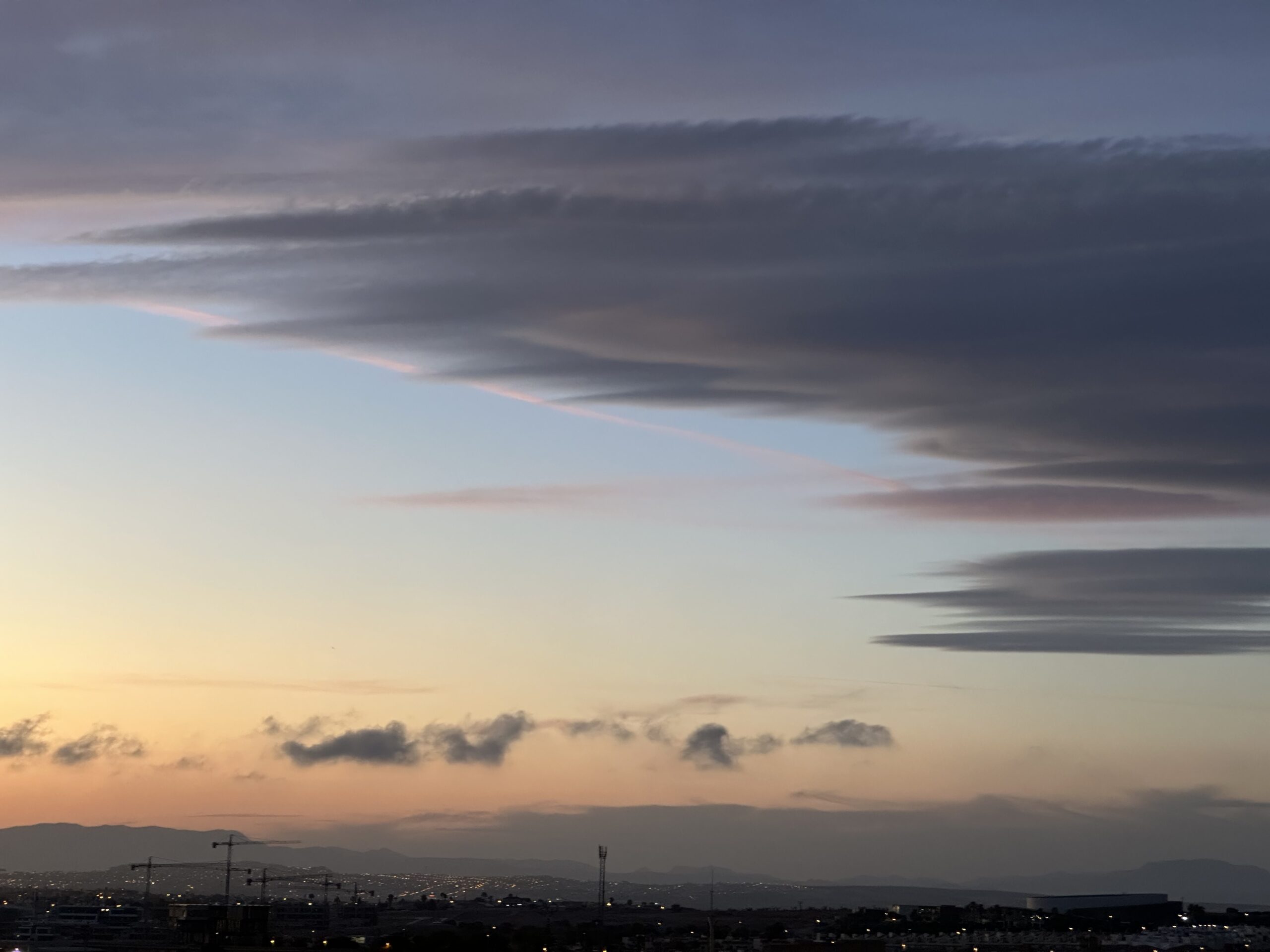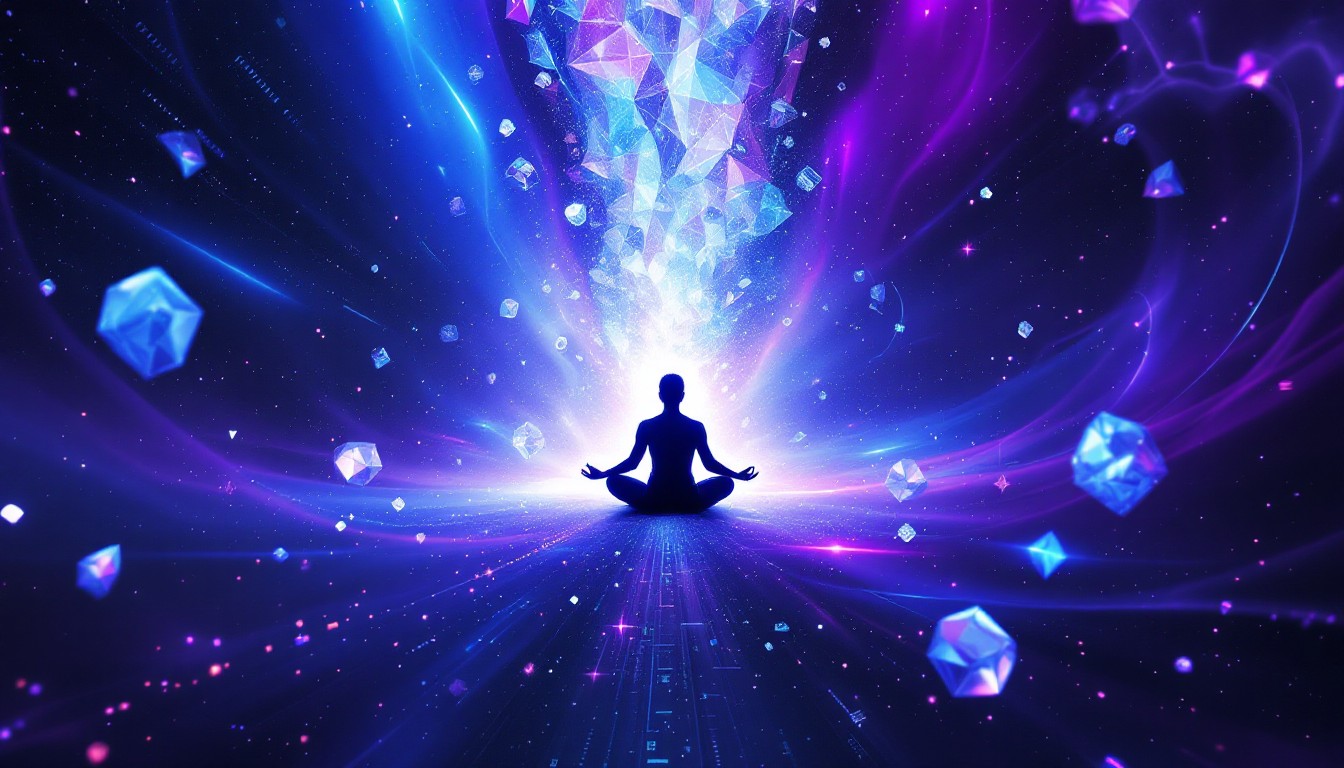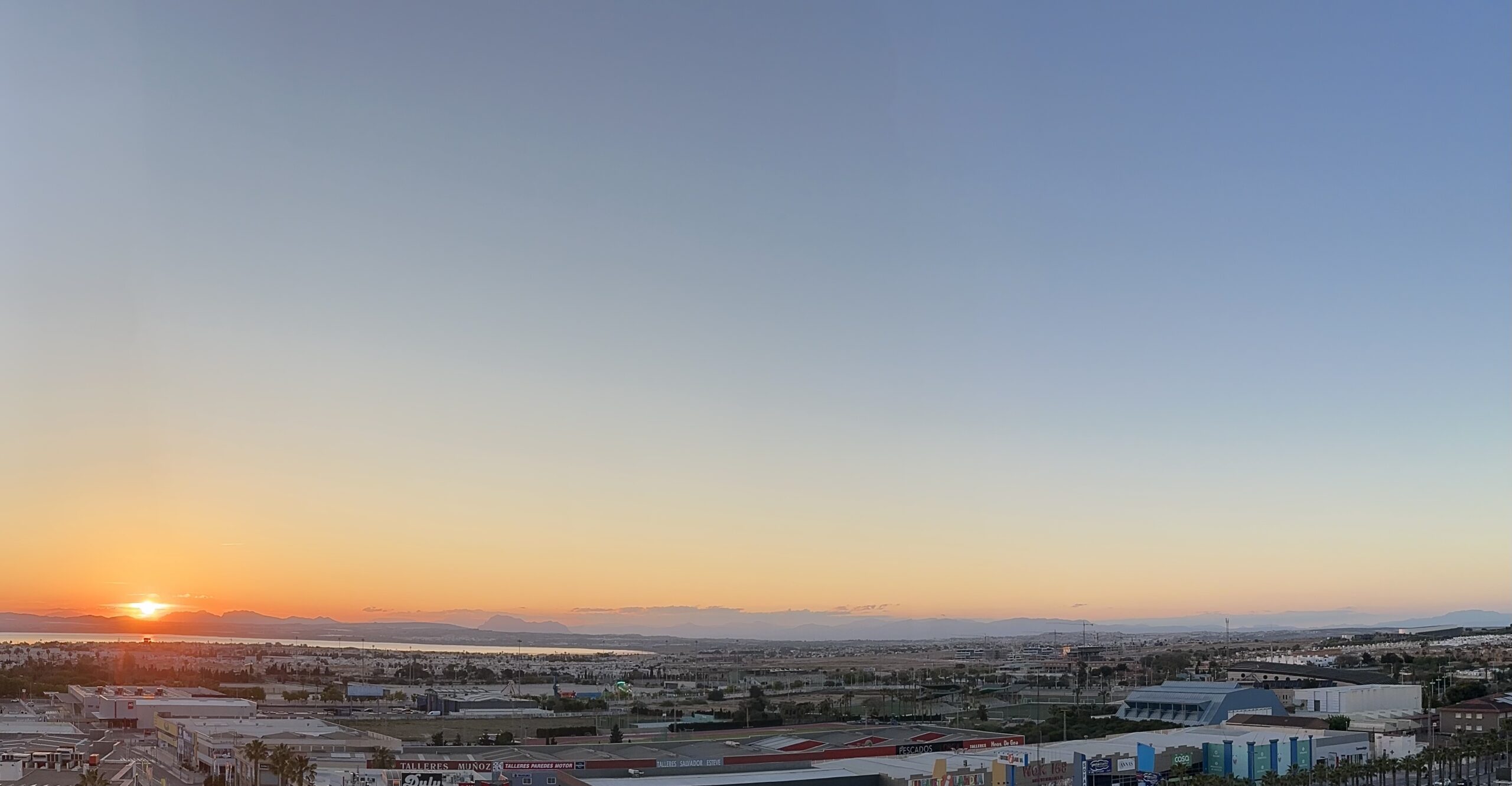Why a civilization built on mostly personal opinion cannot solve global challenges.
Humanity has of now more potential than any generation before us. We have the science and knowledge to restore ecosystems, the technology to eliminate scarcity, and the global capacity to meet every human need.
Yet progress stalls — not for lack of solutions, but because too many decisions that shape our world are driven by opinion, not facts.
When opinion overrides reality
In modern political and economic systems, personal preferences frequently override evidence. Leaders shape national policies based on what they “feel,” “believe,” or “prefer,” even when the data suggests the opposite.
And the consequences are visible everywhere.
Concrete examples of opinion-based damage
1. Food waste: belief vs. biology
Governments continue subsidizing overproduction because “it’s good for the economy,” even though biology shows soil degradation intensifies with monoculture and chemical inputs.
Result:
• More than 40% of global food is thrown away.
• Farmers are incentivized to grow more, not better.
• Soil becomes depleted and requires more fertilizer to compensate.
This is not rational. It is ideological.
2. Climate policy shaped by party preference
Scientific consensus on climate change is overwhelming. Yet entire nations still delay action because certain parties “don’t believe” it’s urgent or “disagree” with the methods.
Opinions block:
• renewable energy grids
• electric transport transitions
• coastal protection plans
• long-term climate resilience investments
Meanwhile, the laws of physics continue unaffected by political opinion.
3. Public health decisions made by sentiment
During health crises, evidence-based strategies can be ignored because a segment of leadership prefers alternative narratives. This leads to:
• delayed responses
• avoidable deaths
• mistrust in institutions
• overwhelmed healthcare systems
Once again, opinions overpower objective medical knowledge — with measurable consequences.
4. Urban planning based on tradition, not function
Cities still prioritize cars over people because “that’s how it has always been,” ignoring data showing:
• walkable cities increase health
• green spaces reduce heat
• public transit improves efficiency
• compact design reduces emissions
Opinion keeps cities locked in the past.
5. Education shaped by ideology instead of evidence
Some nations cut arts programs because certain parties claim they “aren’t useful,” despite research showing arts improve cognitive development, emotional resilience, and innovation capacity.
Opinion wins. Students lose.
⸻
The world we get when opinion rules
When decisions depend on belief rather than reality:
• resources are misused
• progress becomes unstable
• innovation is blocked
• global problems worsen
• the future is shaped by personal taste, not planetary needs
Civilisation becomes a ship drifting at the mercy of whoever holds the wheel this season.
⸻
What becomes possible when decisions follow facts and knowledge
Now imagine the opposite.
Imagine a world where we make choices based on what actually works, not what someone prefers.
1. Food systems that nourish the planet
With regenerative agriculture, vertical farming, and precision logistics:
• food waste drops dramatically
• soil regenerates
• biodiversity returns
• everyone gets fresh food daily
Not a dream — the technology already exists.
2. Energy abundance through clean infrastructure
Using evidence-driven planning:
• renewable grids provide stable energy
• cities become energy-positive
• storage systems smooth out supply
• emissions fall without economic loss
Physics is on our side — if we let it be.
3. Health guided by science, not sentiment
Fact-based policies create:
• resilient healthcare systems
• rapid response capabilities
• preventative public health
• dramatically reduced mortality
Data saves lives.
4. Cities redesigned for wellbeing
Urban design centered on evidence produces:
• cleaner air
• cooler streets
• less noise
• more social interaction
• higher productivity
• lower cost of living – completely free in the new world.
Every major study supports this.
5. Education that prepares children for the real world
When curricula follow neuroscience and developmental research:
• creativity increases
• critical thinking strengthens
• emotional wellbeing improves
• innovation thrives
Evidence builds thriving minds.
⸻
Opinion is loud — but knowledge is powerful
The gap between the world we have and the world we could create is not technology.
It is not money.
It is not capability.
It is simply this:
We run civilisation on personal opinion instead of collective intelligence.
If we change that, humanity enters a new era — one defined not by fear, bias, and ideological preference, but by what is real, what is true, and what actually works.
Call To Action — For readers who want to explore a world beyond opinion-driven chaos
Follow the former billionaire Benjamin Michaels into this new world and discover the vision of a civilization guided by knowledge, cooperation, and shared human values.

